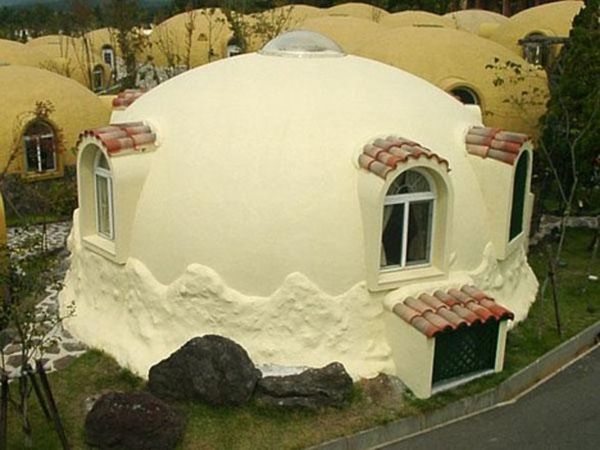
As we know it
Styrofoam has been conventionally used to make disposable packaging material. But few companies have redefined Styrofoam as the material to build modular homes that can be assembled at short notice. An igloo-shaped dome structure may not be your first choice for a home but Dome House Co. Ltd., Japan has claimed a host of benefits that the polystyrene foam holds over conventional material in this unique housing project titled “Habitat for the 21st century”.
The styrofoam dome house is rust-free, rot-free, termite-proof and highly resistant to earthquakes and typhoons. Its flame retardant-treated walls prevent toxic emissions in a fire. Moreover, the thermal insulation properties ensure higher energy efficiency and cost-effective heating and cooling.
Need for change
The Dome House may well be what the companies claim it to be, but the price range beginning from around 3 million yen (under $30,000) is certainly not what one would call affordable. Worse, this price tag is exclusive of transport, assembly and interior construction. For all its benefits, the pricing needs to be made attractive such that mass housing of this variety can become a reality. Better habitat is always welcome but safe and secure housing should ideally be cost-effective.
What’s Next?
1. Dome House – small, simple, safe
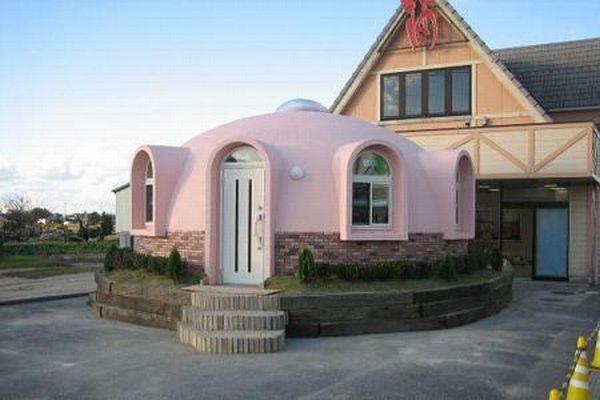
What’s new?
This small and simple house is built by assembling 80 kg dome pieces as the name suggests. The simple construction requires only about a week’s time involving the labour of only 3 to 4 people. Light and portable, the dome pieces make the assembly truly effortless.
What difference will it make?
Apart from the cost-effective and rapid construction, the whole endeavour is hassle-free, thanks to the carbon and hydrogen that make casting of expanded polystyrene extremely clean. More important, the construction does not produce any waste nor does it cause any deforestation.
2. Mushroom House – Designer safety
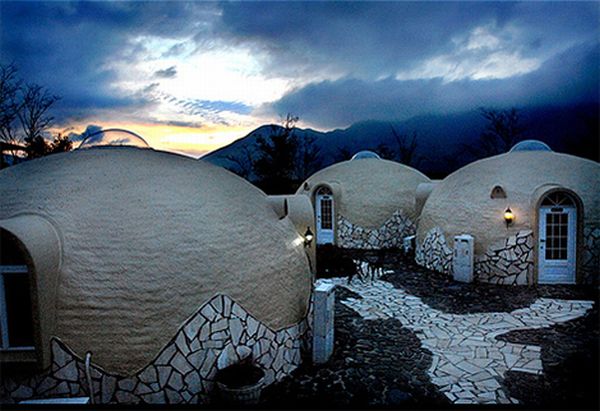
What’s new?
The polystyrene-made mushroom-shaped house is easy-to-build, highly energy-efficient savings(green) and has many other lasting benefits. As mentioned before, it’s built from snap-together wall sections made of 100% expanded polystyrene foam.
What difference will it make?
The polystyrene makes the house highly resistant to earthquakes and typhoons as is not the case with wood and metal structures. The flame retardant walls cause no toxic fumes in a fire.
3. Styrofoam prefab house – Future in your home
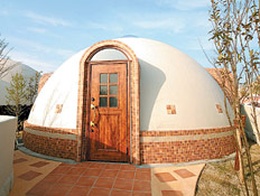
What’s new
This futuristic prefab dome house from International Dome House Inc. helps prevent house aging through optimal heat fluctuations and power consumption. The versatile modular design measures 25 meters in width and 13 feet in height, and 475 square feet in area.
What difference will it make?
A dome structure made from snap-together wall sections may not be your idea of a house but the company has claimed a host of
benefits that expanded polystyrene foam (styrofoam) hold over conventional material in this unique project titled “Habitat for the 21st century”
The styrofoam dome house is rust-free, rot-free, termite-proof and highly resistant to earthquakes and typhoons. Its flame retardant-treated walls prevent toxic emissions in the event of a fire. Moreover, the thermal insulation properties ensure higher energy efficiency and cost-effective heating and cooling.
4. Energy-efficient fridge – Chill Out in style
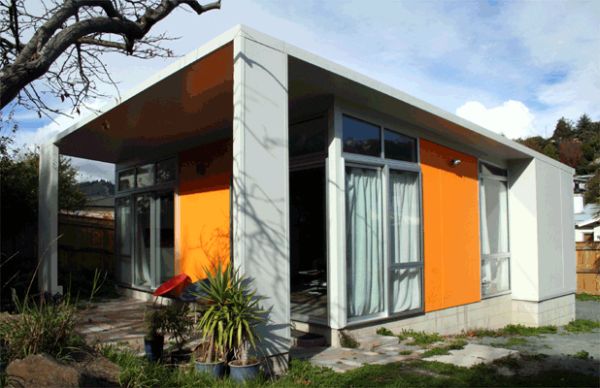
What’s new?
Built like a fridge, this house has among the region’s best building designs in the 2009 Nelson Marlborough Architecture Awards. Designed by Nelson firm Irving Smith Jack Architects, the home is built with polystyrene refrigeration panels and costs less than $100,000.
What difference will it make?
The simplicity, compactness and airy interiors are truly remarkable. The great insulation ensures that the home can be adequately heated by a single plug-in heater.
5. Float House – Rise above

What’s new?
This is the brainchild of Thom Mayne – founder of Morphosis and winner of the Pritzker Architecture Prize. Built with polystyrene foam, this glass covered house can survive the worst hurricane flooding by breaking away from its electrical lines, gas and plumbing connections and rising above the flood waters.
What difference will it make?
In the event of a flood, the home is designed to sustain as high as 12 feet of flood waters. Anchored by two guideposts, the house is deliberately built on the ground level rather than 12 feet above the ground. Now you know why.
6. Lavender Lodge – Surprises Galore
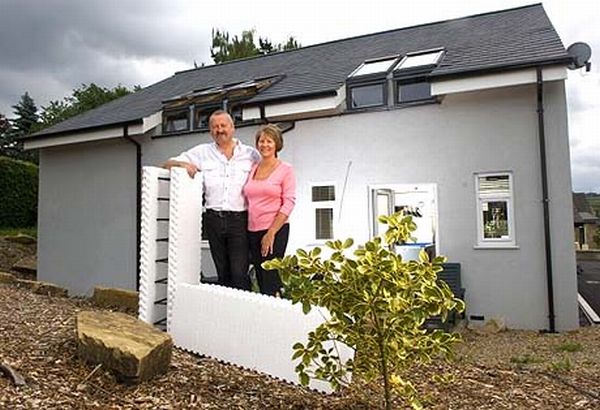
What’s new?
Unlike what the name suggests, Lavender Lodge resembles a concrete bunker from outside. But, the world inside springs a pleasant surprise as the unusual space, ravishing colours and designer materials take your breath away. Built with the light-weight white polystyrene, this house is a gem of an innovation.
What difference will it make?
The grey-colored concrete-filled polystyrene maintains a constant room temperature, thanks to the plaster board outside and the chemical-free plaster inside. No wonder, you can keep your windows open throughout the year. The timber roof panels can be craned in one single day.




